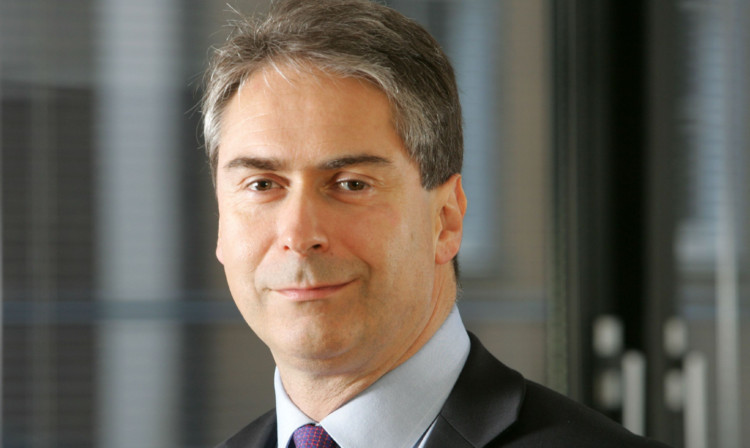A leading economic think tank has raised its growth forecast for the Scottish economy, stating it expected a 1.3% GDP improvement this year.
However, the Fraser of Allander Institute (FoAI) said domestic household spending had underpinned the uplift seen in recent months and cautioned it was an “unlikely basis” for a sustained economic recovery.
The new growth forecast is a 0.4% improvement on the Strathclyde University based institute’s own prediction in June that Scotland would see a 0.9% increase in gross domestic product this year.
FoAI’s latest economic commentary has also revised upwards its forecast for next year from 1.6% to 1.8%, although its growth prediction for 2015 remained unchanged at 2.1%
The report said the improved forecasts were as a result of higher than expected household spending in recent months and the increasingly optimistic tone of Scotland’s major business surveys.
“After five successive quarters of GDP growth we are now witnessing a more robust recovery,” Brian Ashcroft, emeritus professor of economics at FoAI, said.
“Jobs are being created, unemployment is falling and many people that had despaired of finding work are now re-entering the labour market.
“However, we are still predicting below-trend growth next year, reflecting the continued relative weakness of domestic demand, in particular Government spending and consumer expenditure, and only slowly rising growth in eurozone markets but stronger growth in the rest of UK.”
The FoAI is forecasting a 21,200-strong net increase in new jobs this year, with that figure rising to 27,200 in 2014 and 38,400 the following year. The majority of new employment is expected to come in the powerhouse services sector.
However, the report’s authors cautioned that unemployment may not fall as much as the job creation figures might suggest, with the number of people out of work forecast to be 224,800 by the end of 2014 before falling back to 186,450 the following year.
Paul Brewer, senior partner at report sponsor PwC, said Scotland had performed relatively well compared to other UK regions but the recovery was not fully secured.
“Recovery based on consumer spending against a continuing background of weak real incomes is unsustainable,” he said.
“There is growing evidence of a return in business confidence, and the private sector should take courage and invest while real growth opportunities are emerging,” he added.
Liz Cameron, chief executive of Scottish Chamber of Commerce, said: “We are in full agreement with the institute’s assessment that growth remains fragile in the absence of a tangible pick-up in investment. That is why our governments at a Scottish and UK level must leave no stone unturned when it comes to measures to support Scottish businesses.”
Finance Secretary John Swinney said: “The Scottish Government welcomes the latest independent output forecasts for 2013 and 2014 from the Fraser of Allander Institute, which project higher growth than previous forecasts.
“This reflects the continued quarterly growth in the Scottish economy over the past year, with the Fraser of Allander Institute commenting that there is now little doubt that, five years after the start of the recession, we are witnessing a stronger recovery.”
Scottish Secretary Alistair Carmichael said: “The growth underlines Scotland is doing well as part of the UK and benefiting from the steps the UK Government has taken to stabilise the economy.
“There is a great deal of work still to be done in securing jobs and maintaining this momentum, and both Scotland’s governments must use their respective powers to support families and businesses.”
